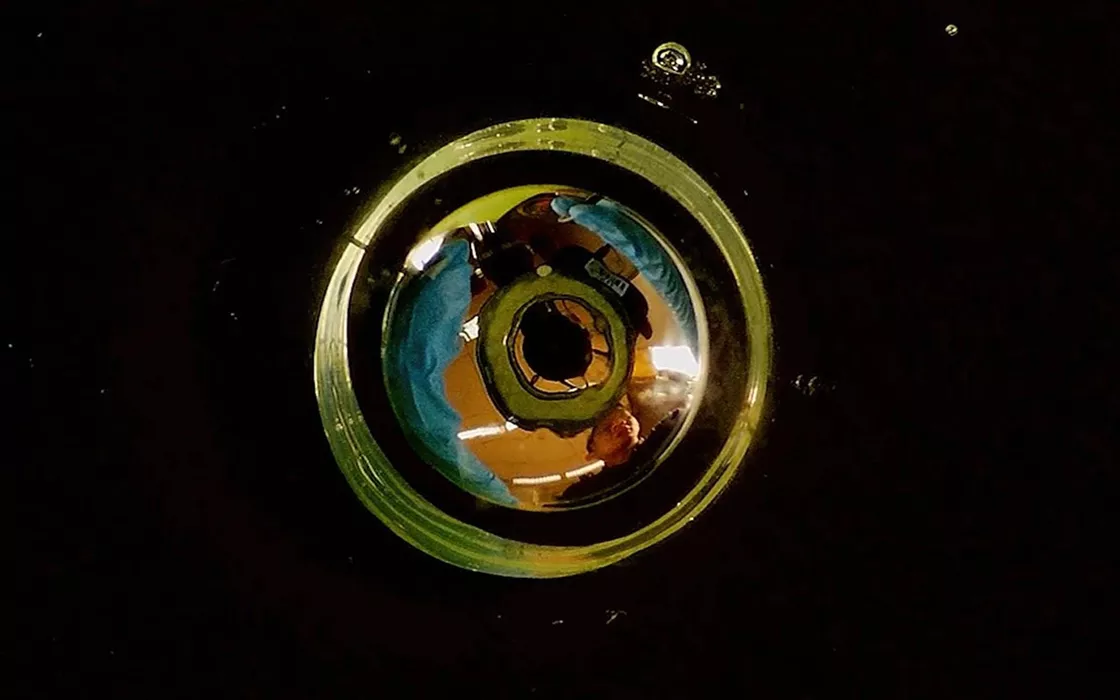A group of researchers from Tsinghua University (Beijing) has developed a new prototype of resistive RAM memory, created using liquid metal. Baptised FlexRAMthe new data storage solution involves suspending drops of gallium-based liquid metal in a soft biopolymer material (Ecoflex).
Applying voltage pulses, the material reacts by activating oxidation and reduction processes. In the’oxidation, the liquid metal reacts with oxygen in the air to form an oxide layer on its surface. In the reduction, the oxide can be removed by removing oxygen atoms. The two processes allow us to imitate the phenomenon of polarization of neuronswith which nerve cells generate and transmit electrical signals.
The main characteristics of FlexRAM, memory inspired by natural biological processes
We said that bioinformatics will be increasingly protagonist in the future: FlexRAM could represent a new hyphen between man and machine. It is no coincidence, in fact, that the creators of this new approach for the creation of RAM memory has been inspired by the biological and biomechanical processes of living beings to improve, in the long term, technologies storage volatile and permanent information (biomimicry).
Yes, because it turned out that in the case of FlexRAM the data persists in the inert liquid for approximately 12 hours: the possibility of storing data permanently, in the absence of any type of power supply, therefore becomes a real thing. Furthermore, the applied voltage allows the reversible transition between states of resistence high and low, corresponding to bits 1 and 0 of the binary code.
The FlexRAM prototype just presented consists of 8 memory units independent of 1 bit each (each consisting of a drop of liquid metal), storing a total of 1 byte. The number of writing cycles guaranteed by the memory is equal to 3,500, a number very far from the order of millions of cycles guaranteed by traditional non-flexible memories.
The study just developed by Asian scientists is therefore extremely promising from a future perspective but far from the creation of a commercial product. Furthermore, the metal droplets should be scaled from millimeter scale to nanometer size to significantly increase the memory density.
Why FlexRAM is so promising
FlexRAM represents a turning point for circuits and for electronic applications in general: in the future manufacturers could create data storage components that can flex and bend freely.
The researchers envision using FlexRAM for computer applications soft robotics, “soft” robots that are based on biology, trying to imitate the flexibility and versatility of biological and muscular tissues. A way to put the use of rigid and metal structures behind us. Other application fields cited by researchers are medical implants and flexible wearable devices.
Although still in its infancy, FlexRAM demonstrates that some innovations in computing and data storage, sometimes deemed fanciful or unachievable, can become reality through relentless scientific exploration.
In the opening image (source: JING LIU/TSINGHUA UNIVERSITY) the process of oxidation and reduction of the gallium-based liquid, at the center of the functioning of the FlexRAM.

